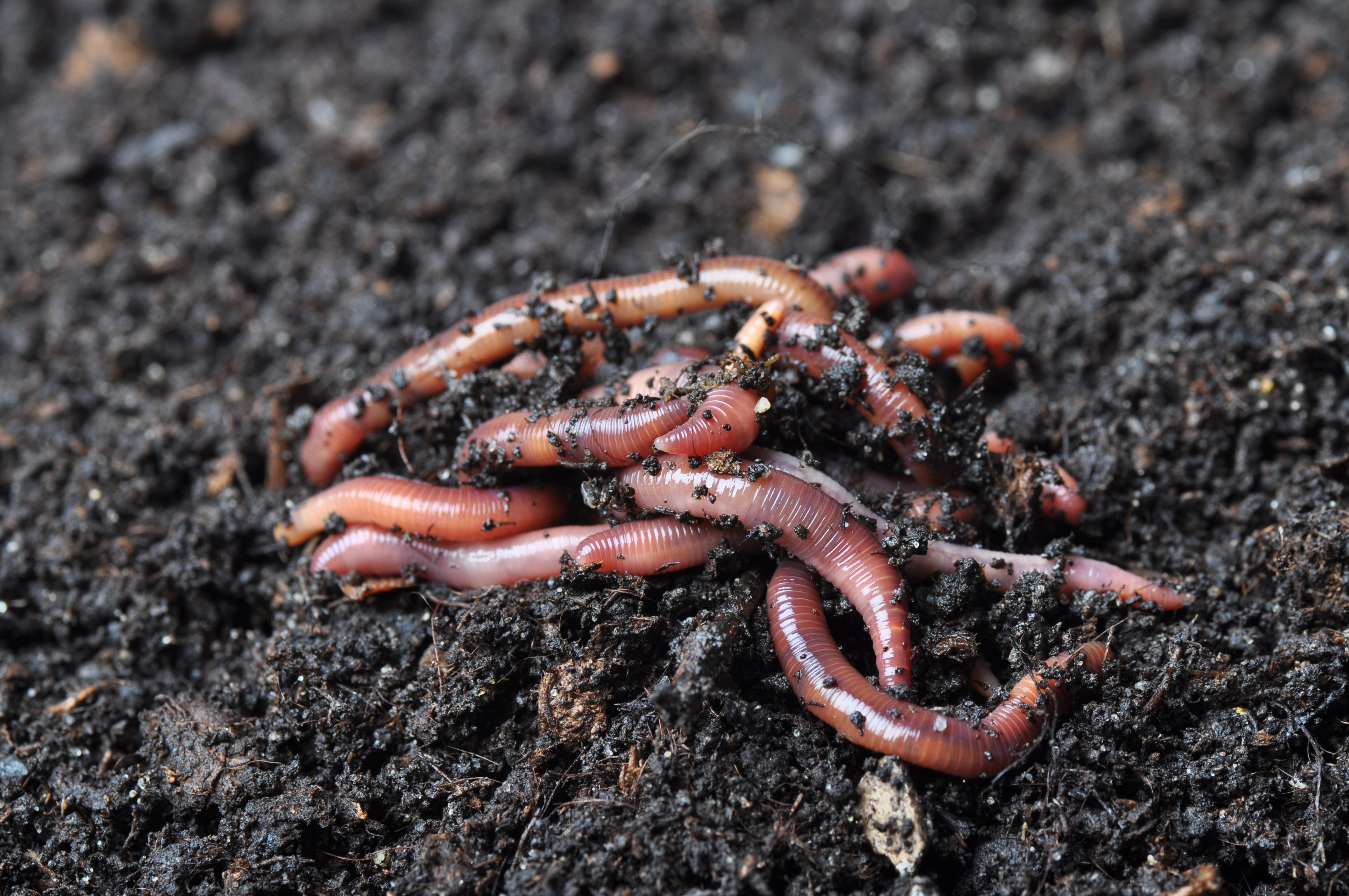Every Little Thing You Need to Find Out About Red Wigglers for Composting
Red wigglers, or Eisenia fetida, play an essential duty in the world of composting, transforming natural waste into important dirt modifications. The process of establishing up a worm bin and keeping it can present difficulties.
What Are Red Wigglers?

(red wiggler worms)
Belonging To The United States and copyright, red wigglers are surface-dwelling microorganisms that like wet, warm environments abundant in disintegrating raw material. Their diet plan consists primarily of decaying plant material, food scraps, and various other natural debris, which they consume and break down effectively. As they digest this product, they create nutrient-rich castings that enhance soil fertility.
Red wigglers are hermaphroditic, possessing both male and women reproductive organs, and can duplicate swiftly under optimal problems. This capability makes them an ideal selection for composting systems, as their population can boost rapidly. Their strength and adaptability to numerous atmospheres better solidify their relevance in sustainable waste monitoring practices. Generally, red wigglers are vital factors to the procedure of recycling natural waste right into useful garden compost.
Benefits of Making Use Of Red Wigglers
Utilizing red wigglers in composting systems provides countless advantages that enhance both the efficiency of waste management and the high quality of the resulting garden compost. These worms, medically known as Eisenia fetida, are especially efficient at damaging down natural issue, turning kitchen scraps and lawn waste right into nutrient-rich garden compost at an increased price.
One of the main advantages of making use of red wigglers is their capacity to eat large amounts of organic product, typically processing their weight in food waste daily. This high usage rate results in quicker decay and minimizes the quantity of waste sent out to garbage dumps. The spreadings generated by red wigglers are abundant in vital nutrients, valuable microbes, and enzymes, making them a superb plant food for yards and plants.
Furthermore, red wigglers flourish in a variety of environments, making them versatile for both interior and outside composting systems - red wigglers. Their existence in a compost bin aids to freshen the material, avoiding odors and advertising a healthy and balanced composting process. In general, employing red wigglers not just adds to effective waste administration however additionally sustains sustainable horticulture techniques with the production of high-quality compost
(Worm Farms Near Me)
Establishing Your Worm Container
To efficiently establish up a worm bin, it is necessary to choose an appropriate container that fulfills the requirements of red wigglers while providing a favorable atmosphere for composting. An ideal bin can be made from plastic, timber, or steel, with a capability of at least 1 square foot for every pound of worms.
Guarantee the container has appropriate drain openings to protect against excess dampness, as red wigglers grow in a moist, yet not waterlogged, setting. red wigglers. The container must also be aerated to provide enough airflow, stopping anaerobic conditions that could damage the worms
A perfect area for the worm container is an amazing, dark location, without straight sunlight and extreme temperature levels, as red wigglers favor a temperature series of 55 to 77 levels Fahrenheit.
Before introducing the worms, prepare bed linen products such as shredded paper, cardboard, or coconut coir, which will certainly supply both environment and food. Moisten the bedding gently to create a welcoming setting for the worms. Consider positioning a lid on the container to preserve humidity and reduce bugs, while ensuring it can be conveniently eliminated for maintenance.
Feeding and Treatment Guidelines
Feeding red wigglers is an essential aspect of preserving a healthy composting system. These worms grow on a diverse diet, mostly composed of natural materials such as fruit and veggie scraps, coffee premises, and smashed eggshells. It is vital to stay clear of feeding them meat, dairy, and oily foods, as these can create undesirable smells and attract parasites.
When introducing food to your worm container, chop or shred products right into smaller items to help with quicker disintegration. Begin with little quantities to assess the worms' usage rate, slowly enhancing the quantity as they adjust. It is a good idea to alternating feeding areas within the bin to motivate comprehensive blending and oygenation of the compost.

Troubleshooting Common Issues
Keeping check out this site a thriving worm composting system can occasionally offer obstacles that call for interest and troubleshooting. Typical issues consist of an undesirable odor, which typically indicates overfeeding or the presence of anaerobic conditions. To remedy this, decrease the quantity of food included and make sure appropriate aeration by blending the bed linen material.
An additional regular problem is the retreat of worms from the container. This can take place due to extreme dampness or improper environmental conditions. Consistently check the wetness degrees, aiming for a wet however not soggy uniformity, and maintain optimum temperatures in between 60-80 ° F(15-27 ° C )to produce a comfortable environment for your red wigglers.
Pests, such as fruit flies, can additionally invade worm containers. red wigglers. To combat this, cover food scraps with a layer of bed linens or shredded paper to discourage flies from laying eggs. In addition, guarantee that any kind of food added is fresh and devoid of mold and mildew, which can bring in unwanted parasites
Finally, if your worms appear inactive, inspect for stress aspects such as temperature level fluctuations or insufficient moisture. Attending to these usual issues will certainly help preserve a healthy and balanced and productive worm composting system.
Verdict
In summary, red wigglers, or Eisenia fetida, play an important duty in sustainable waste administration via vermicomposting. Their ability to effectively transform natural waste into nutrient-dense castings improves dirt wellness and advertises plant growth. Proper setup and upkeep of a worm container, along with adherence to feeding guidelines, make sure a growing community that lessens land fill payments. Addressing common problems immediately better sustains the effectiveness of this ecological practice, contributing to environmental sustainability and agricultural productivity.